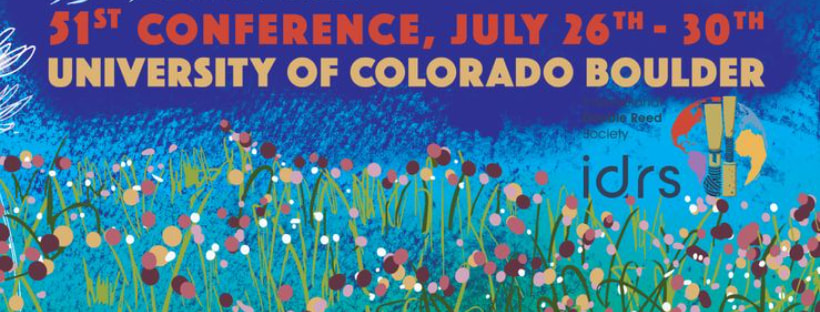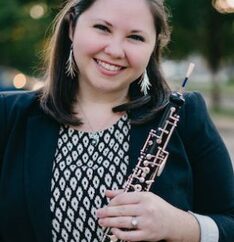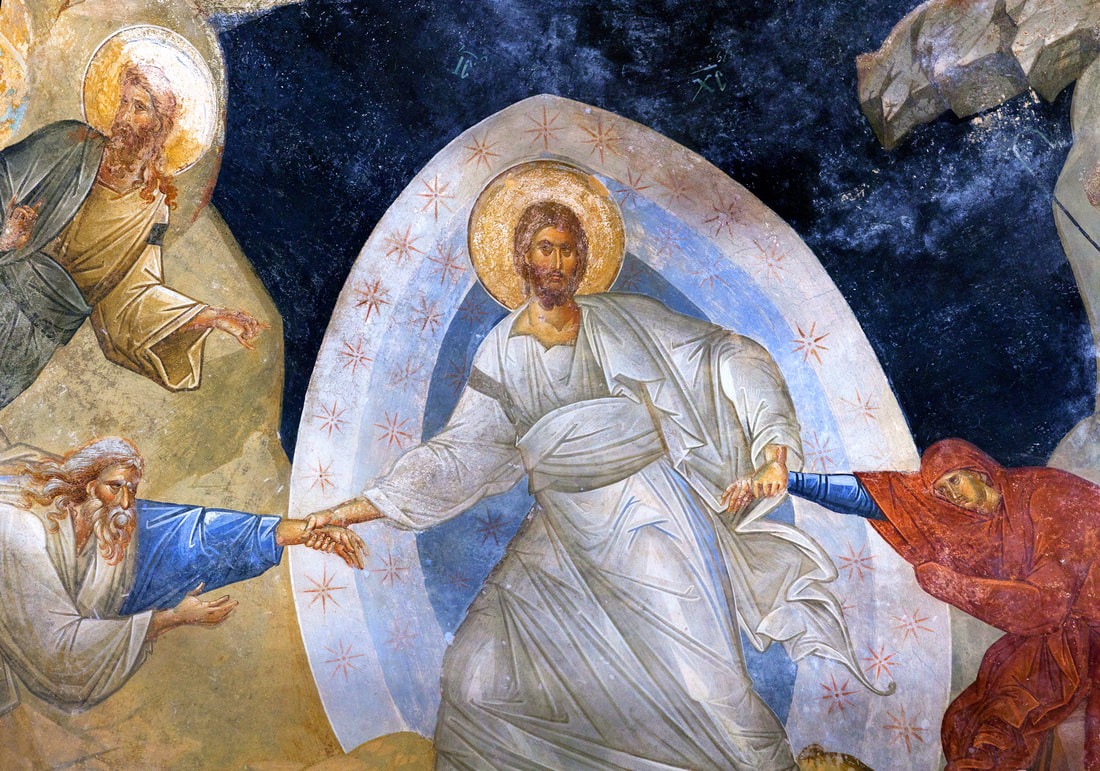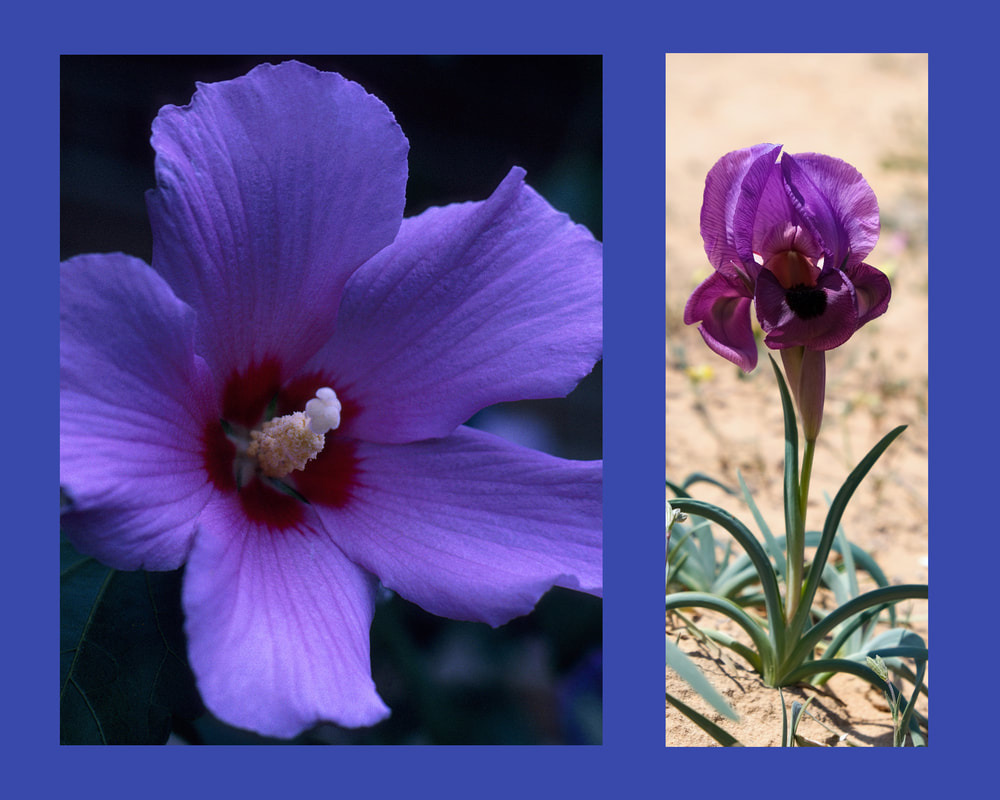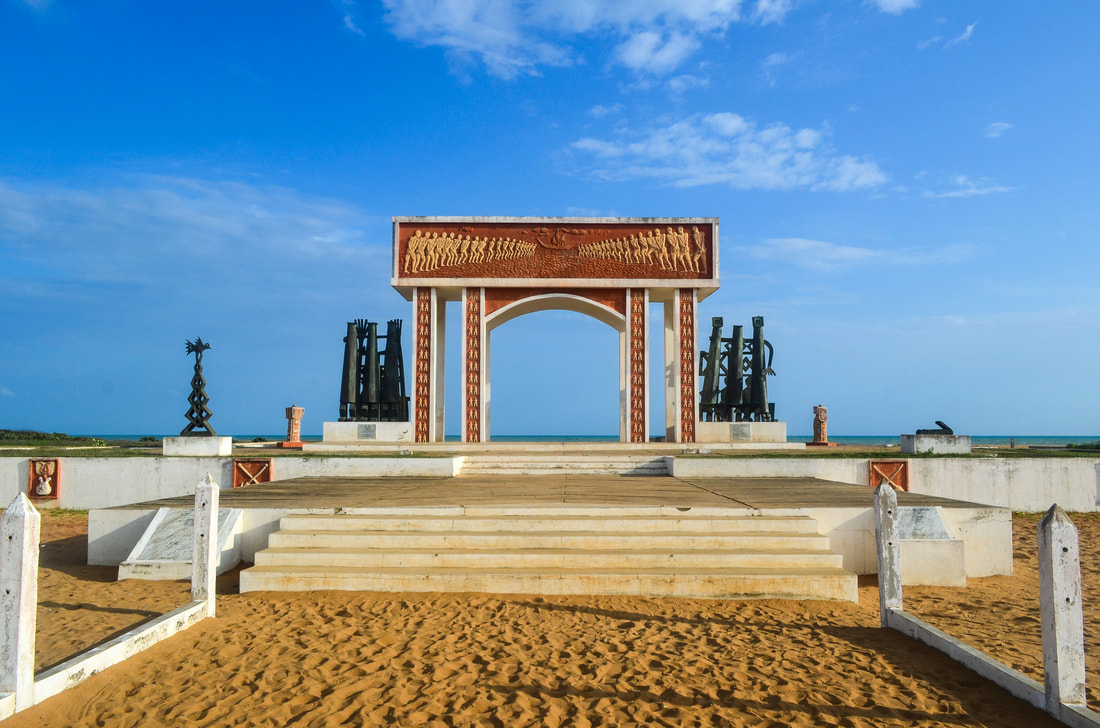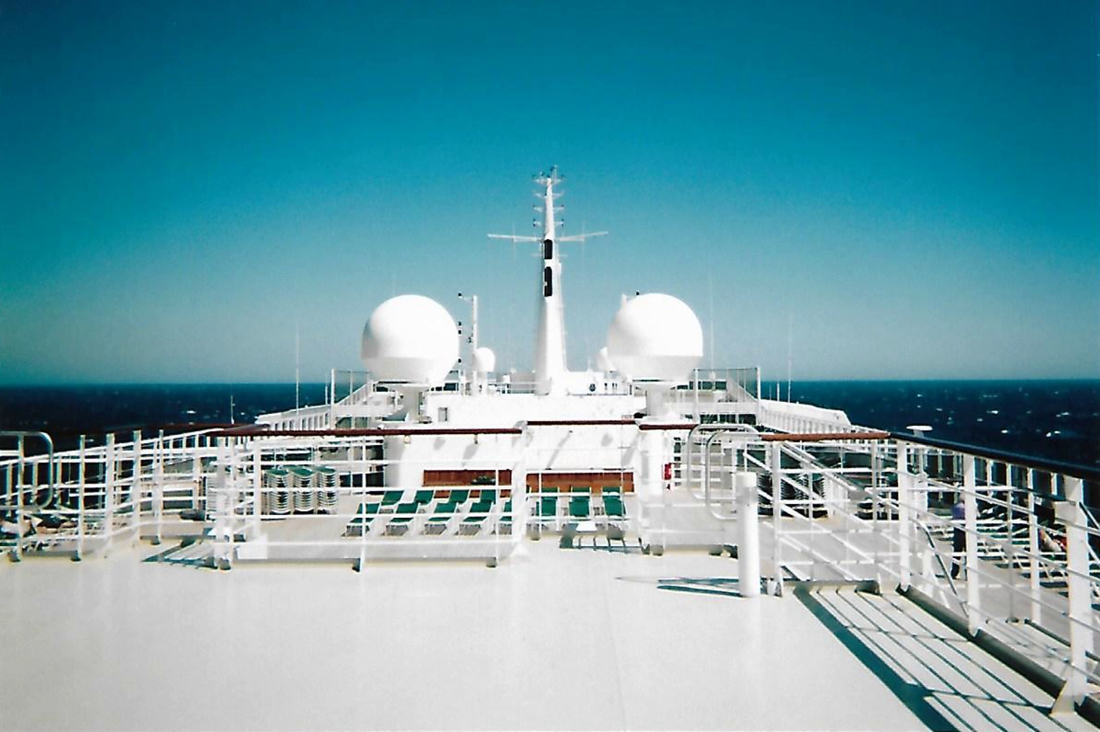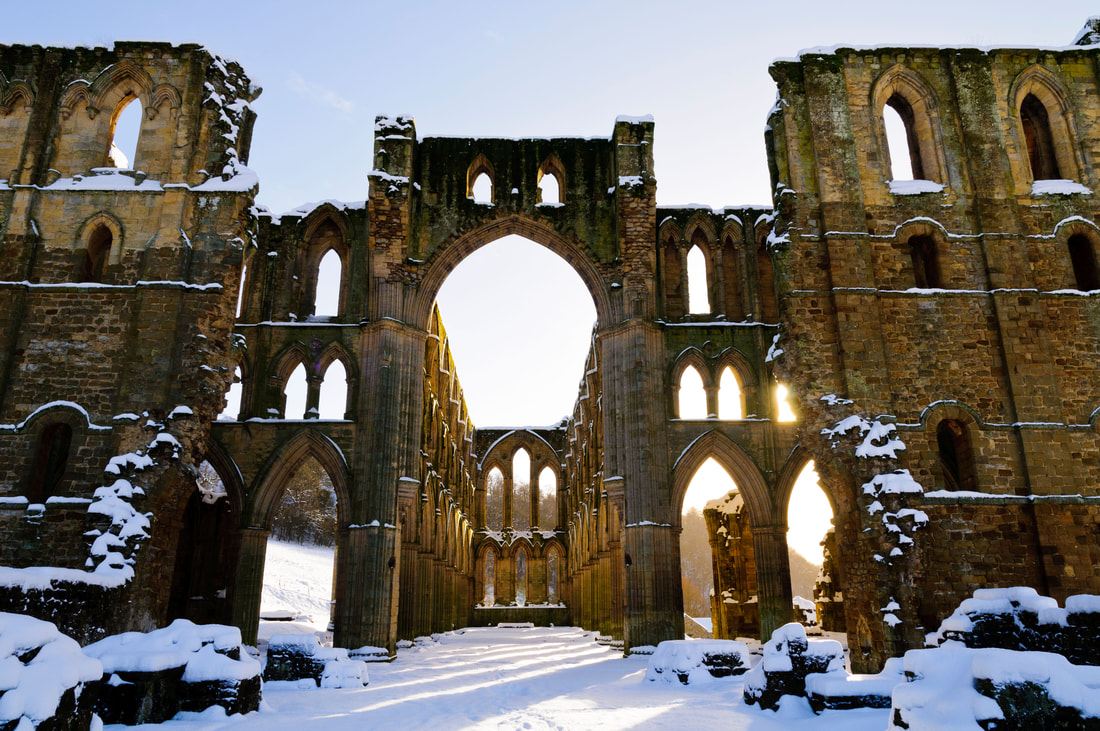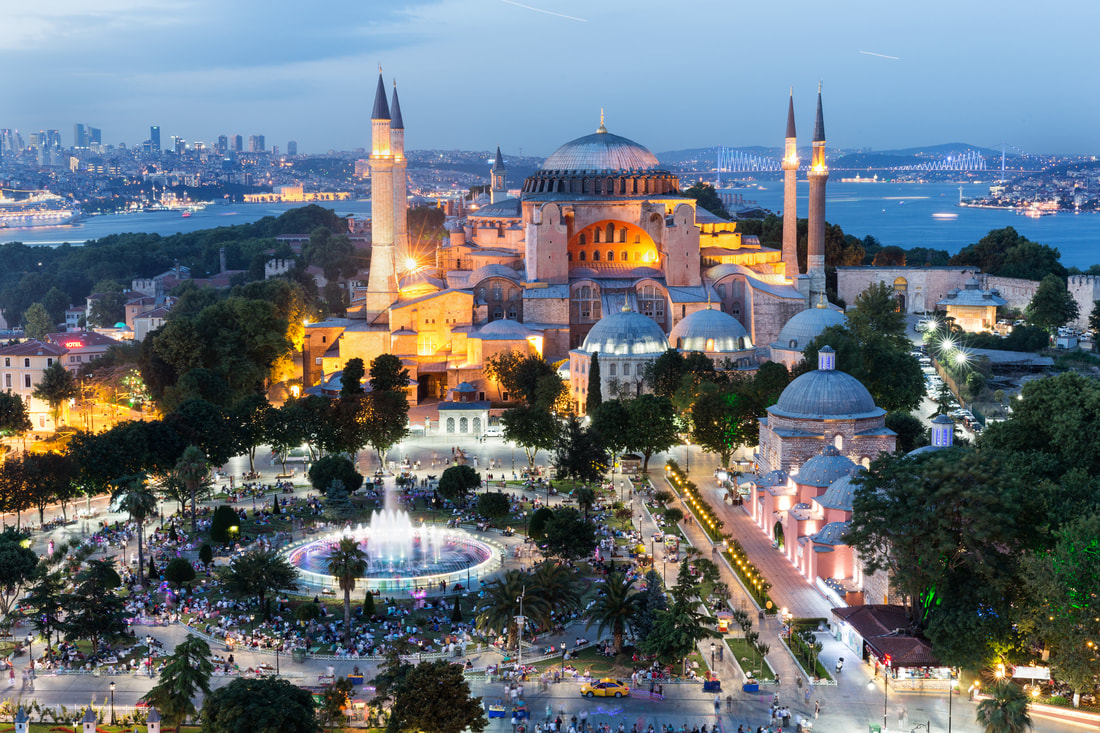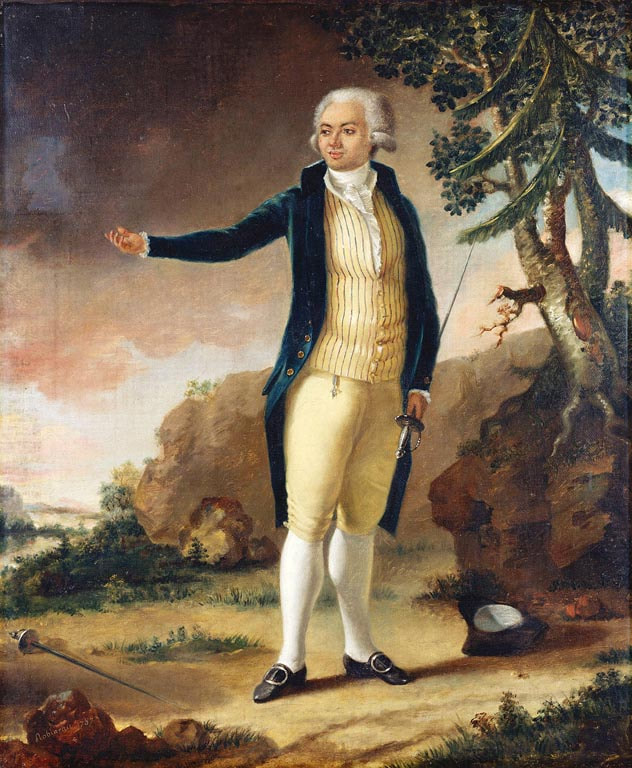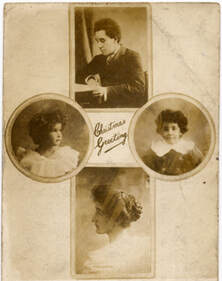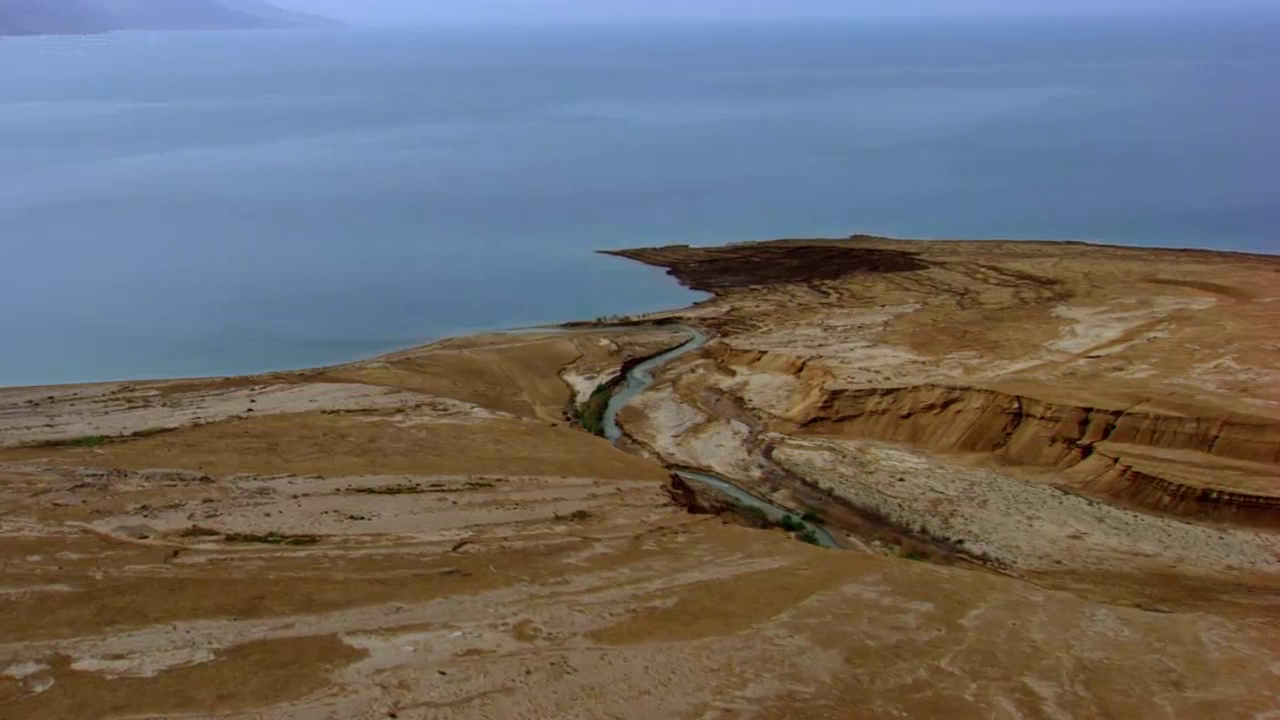World & USA Premieres
|
Tuesday 26 July at 1400 in IMIG S102
Ego Flos Campi for Oboe & Piano - WORLD PREMIERE with Kathleen Carter Bell, Oboe & Stephen Innis, Piano Wednesday 27 July at 1600 in IMIG S102 Rievaulx - A Study in Memory for Double-reed Quartet, with Bells USA PREMIERE with Hassan Anderson, Oboe; Rachel Becker, Oboe d'amore Danny Cruz, Cor anglais; Sara Fruehe, Bassoon |
Thursday 28 July at 1300 in IMIG E160
Byzantion I - Hagia Sophia for English Horn, Bassoon & Piano WORLD PREMIERE with Kathleen Carter Bell, Conor Bell & Stephen Innis Friday 29 July in Grusin Hall Samuel Coleridge-Taylor (1875-1912) The Deep River Sonata DEBUT PERFORMANCE with Hassan Anderson, Oboe & David Korevaar, Piano |
|
Concert Schedule & Programme Links
RECITAL SOLO - KATHLEEN BELL RECITAL CHAMBER - ALTHEA TALBOT-HOWARD 1 RECITAL CHAMBER - CONOR BELL RECITAL CHAMBER - ALTHEA TALBOT-HOWARD 2 Images: Oboists Kathleen Carter Bell & Hassan Anderson |
Programme Notes
Tuesday 26 July 2022 at 1400, S102
Troparion, Ego Flos Campi & The Door of No Return - with Kathleen Carter Bell, Oboe & Stephen Innis, Piano
Troparion, Ego Flos Campi & The Door of No Return - with Kathleen Carter Bell, Oboe & Stephen Innis, Piano
|
Troparion (2018)
This short, lyrical, multi-instrumental work is inspired by - and incorporates - Byzantine Orthodox chant. A troparion is a short hymn of one stanza, sung repeatedly. The chant concerned is Christos Anesti - the famous paschal (Easter) monody dating back to at least the sixth century A.D., and possibly as far back as the second. This version of the chant is in the Dorian mode, and the listener can hear it twice - once at the beginning and once in the middle of the piece - surrounded by original music. More information about the piece, and the available scores, can be found at: https://www.althea-composer.com/troparion.html |
|
Ego Flos Campi (2017-18) - I Roses, II Lilies
This first professional recital piece was composed after a number of pedagogical works had been completed. It is based upon two verses from the Song of Solomon 2:1 & 2:2: Ego flos campi et lilium convallium ("I am a rose of Sharon, a lily of the valleys"); and Sicut lilias inter spinas, sic amica mea inter filias ("Like a lily among the thorns is my darling among the maidens"). The two movements - differing in character - are linked by a short chorale-like passage. The principal themes are all variants of the cypher E-F-C, using sharps, flats & their doubles: and other secrets are hidden within the piece. Roses is a dance between two passionate lovers who sometimes frustrate and anger one another; whilst Lilies works its way towards transcendence. |
|
The Door of No Return (2020-21)
This modular sonata commemorates the transatlantic slave trade & forced labour in the New World; and the late US Congress Representative John Lewis (1940-2020). It celebrates the American Civil Rights movement; the Return to Africa movement; & Ghana's Year of Return (2019). ‘Dahomey’ is an old name for the Republic of Benin on the Slave Coast of West Africa. Betty’s Hope still stands in Antigua as a monument to British ownership of sugar plantations and the role that sugar wealth played in British economic development; and The Door of Return can be found at Cape Coast Castle in Ghana. |
It was visited by the late John Lewis in 2019, shortly before his death. https://www.althea-composer.com/the-door-of-no-return.html for score & further information.
Wednesday 27 July 2022 at 1600, S102
Blue Sahara Crossing & The Lost Tribe for Oboe, Viola & Piano
with Hassan Anderson, Oboe; Althea Talbot-Howard, Viola; & Hsiao-Ling Lin, Piano
Rievaulx - A Study in Memory, in Arch Form
with Hassan Anderson, Oboe; Rachel Becker, Oboe d'amore; Danny Cruz, English Horn;
Sara Fruehe, Bassoon; Althea Talbot-Howard, Tubular Bells
Blue Sahara Crossing & The Lost Tribe for Oboe, Viola & Piano
with Hassan Anderson, Oboe; Althea Talbot-Howard, Viola; & Hsiao-Ling Lin, Piano
Rievaulx - A Study in Memory, in Arch Form
with Hassan Anderson, Oboe; Rachel Becker, Oboe d'amore; Danny Cruz, English Horn;
Sara Fruehe, Bassoon; Althea Talbot-Howard, Tubular Bells
|
Blue Sahara Crossing & The Lost Tribe (2021-22)
Recently composed for the unusual combination of Oboe, Viola & Piano, these two pieces received their world premieres in the USA in February this year. They are Gesamtkunstwerke, being based upon two pieces of original creative writing from a transatlantic crossing on the Queen Mary II in 2011. An introductory video containing the prose & poem can be found on my YouTube channel & website. Blue Sahara Crossing is an aural description of the long and inspiring sea journey, depicted particularly by a perpetuum mobile in the Viola & Piano parts; whilst The Lost Tribe - utilising indigenous minor pentatonic scales and strophic ritornello form- mourns the Lenni Lenape: the original inhabitants of Manhattan. |
|
Rievaulx, A Study in Memory - in Arch Form (2021)
Rievaulx - the ruined abbey on the North Yorkshire Moors near Whitby - was once a Cistercian monastery. Its founder - Bernard of Clairvaux - was Abbot of Clairvaux from 1115-1128, which was itself a daughter house of the first Cistercian monastery at Cîteaux in Burgundy, France. Cîteau means 'reed' in Old French, because the abbey there was surrounded by marshes and reeds. Three sets of scores & parts are available: for quartet of double-reeds and quartet of clarinets in E minor; and SATB saxophone quartet in D minor. The bells part can either be doubled by the first player, or performed by an additional percussionist. Detailed information about the piece - including alternative instrumentation and logistics - can be found here. |
Rievaulx was a barn-raising commission for an unusual new ensemble – a quartet of oboes! The British premiere took place on 18 August 2021 at the North York Moors Chamber Music Festival. Today’s performance is the US premiere.
Thursday 28 July 2022 at 1300, E160
Byzantion I - Hagia Sophia for English Horn, Bassoon & Piano
with Kathleen Carter Bell, English Horn; Conor Bell, Bassoon; & Stephen Innis, Piano
Byzantion I - Hagia Sophia for English Horn, Bassoon & Piano
with Kathleen Carter Bell, English Horn; Conor Bell, Bassoon; & Stephen Innis, Piano
|
Byzantion I - Hagia Sophia (2022)
Until the completion of Seville Cathedral in the early C16, Hagia Sophia was the world's largest church. Built by the Emperor Justinian in the sixth century AD, it was the centre of Orthodox worship for the Byzantine, eastern Roman Empire until it fell to the Ottoman Empire in the 1400s. Byzantion I - Hagia Sophia intersects with two other works which are being performed at this conference: Troparion (26 July at 1400) and Rievaulx (27 July at 1600). Like Troparion, it is based upon Greek Orthodox chant: this time, a Prokeimenon from a C12 manuscript from Patmos. Like Rievaulx - which features Gregorian chant at the beginning of the piece - it is also a piece about an iconic church building which testifies to the past, even though its function differs today. |
Hagia Sophia has two principal sources of inspiration: the Icons of Sound virtual acoustic joint project between Stanford University and the choir Cappella Romana; and W.B. Yeats' poem Sailing to Byzantium (from The Tower [1928]).
Friday 29 July 2022 at 1500, Grusin Hall
The New Chevalier Sonata for Oboe & Piano
The Deep River Sonata for Oboe & Piano
with Sarah Roper & Hassan Anderson, Oboes; David Korevaar, Piano
The New Chevalier Sonata for Oboe & Piano
The Deep River Sonata for Oboe & Piano
with Sarah Roper & Hassan Anderson, Oboes; David Korevaar, Piano
The two sonatas below - both of which receive their IDRS premieres this year - are designed to enrich the Oboe's recital repertoire by adding to it high-quality sonatas by historical composers of African descent. Whilst The New Chevalier Sonata was already extant as a chamber work by Joseph Bologne, Chevalier de Saint-Georges, but with a different title - having been originally (and problematically) scored for the harp with obbligato flute); The Deep River Sonata is my own construction - a selection of four works from the first part of Samuel Coleridge-Taylor's Opus 59 set of twenty-four solo piano pieces. My original Deep River transcription - created in 2020, directly from the piano score - has been placed as the centrepiece and emotional heart of the sonata, framed by shorter, faster pieces from the 'African/Caribbean' section of the same set: Thata Nabandji and The Bamboula. In order to retain all three original keys, without transposition, I have used the exposition of a fourth piece - Oloba - both as an harmonic pivot between the three principal movements; and also as means by which to create short interludes of emotional simplicity.
|
The New Chevalier Sonata (c. 1785) - Andante, Tempo Minuetto, Rondeau
Joseph Bologne, Chevalier de Saint-Georges (1745-1799) was an Afro-French composer, born in Guadeloupe, whose successful life in ancien regime Paris was changed for ever by the French Revolution. He composed his Sonata for the Harp with obbligato Flute some time during the 18th century, most likely before his friend and chamber music associate - Queen Marie Antoinette – met her death at the hands of the revolutionaries. The original piece was both unedited and unpublished, and has many compositional features that render it unsuitable for performance with a modern piano. Some of these are unison & octave doublings; open fifths; and extended tacet periods for the wind instrument, which was used sometimes as an equal partner; sometimes as a silent partner; and at other times as a form of amplification for the quiet Classical harp. I have re-balanced, re-voiced and re-worked it, and created a new performance version for melody instrument with piano accompaniment. A score in C is available for Flute, Oboe & Violin; in addition to an Eb score for Alto Sax. A Bb score is set to follow. Further information is available on the New Chevalier page. |
|
The Deep River Sonata - Samuel Coleridge-Taylor (1875-1912)
Four Melodies from Opus 59 - numbers 3, 7, 8 & 10 I Thata Nabandji - Oloba (oboe solo) - II Deep River - Oloba (piano solo) - III The Bamboula Samuel Coleridge-Taylor's Opus 59 set of melodies from the African Diaspora, composed for solo piano, is a rich treasure trove of folk songs & spirituals which the composer presents in an intensely symphonic pianistic style. Deep River, no. 10 in the set, is the most well-known, having been transcribed for violin & piano by the renowned early-twentieth-century virtuosa, Maud Powell, in addition to many other arrangements of varying levels. Thata Nabandji is one of four initial melodies hailing from 'South East Africa' - as mentioned in the score. Oloba is called a 'West African Folk-lore Song', whilst The Bamboula represents the Caribbean. Thata Nabandji is riven with emotional intensity; Oloba shines with the authentic sound, structure and rhythmic flexibility of African folksong; whilst The Bamboula is simultaneously passionate and ebullient. In the middle of these shorter items sits the pearl of great price: Coleridge-Taylor's moving interpretation of the renowned African-American spiritual, Deep River. Images: The Coleridge-Taylor family in 1912; the River Jordan flowing into the Dead Sea |
To Purchase or Pre-order a Score
Please go to the Score Purchase & Contact Page
Please go to the Score Purchase & Contact Page
